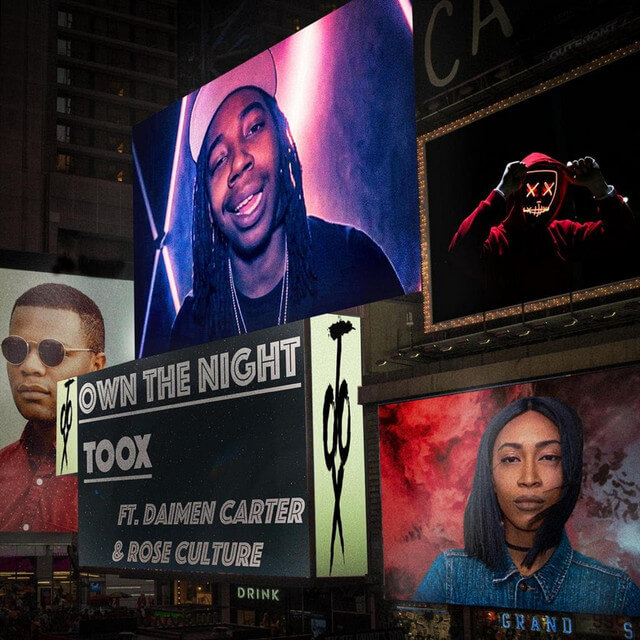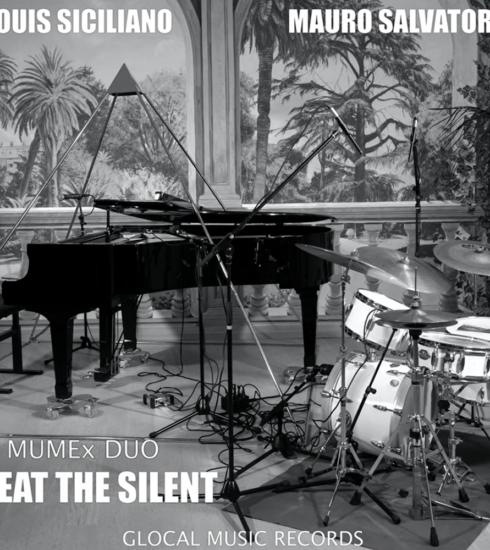Natalie Nixon’s book “The Creativity Leap”
Discussing the term creativity with others, and you’ll get many different answers and views. Most consider creativity mainly is in and for the arts. Music, art, theater, but the truth is that creativity is all around us in all fields, careers, industries, even communities and small towns. Natalie Nixon’s book, “The Creativity Leap,” states, “Creativity requires critical thinking and complex problem-solving—so we essentially have creativity leading the pack in important job skills for the future of work.”
Could not agree more, but a vast majority of corporations are SO focused on efficiencies, they miss out on the creativity of their front line workers to be able to solve problems. Smaller companies are able to tap into this and engage their workers. A companion comment was her comment about “famed modern dancer and choreographer Twyla Tharp calls ‘the box.’ As she has wisely advised, ‘Before you can think out of the box, you must start with a box.’ The box is the rules and the rigor. And there is no getting around it.” The problem with this comment is that she focuses on “rules and rigor” in this section, which disconnects from her “inquiry, improvisation, intuition” framework at the beginning of her book.
To be creative, you need an inquiry foundation to build a knowledge foundation to develop the “rules and rigor” foundation to become effective and efficient. While most corporation focus on the “rigor” of the hard numbers and known variables, it’s this “softness” of the wonder and inquiry which feeds the “rigor” of the harder numbers. Her chapter on the “Wonder Rigor Paradigm” addresses the fact that even in “rigor,” you can find “wonder,” and the creation of something new sparks new insights.
BUY THE BOOK: https://www.amazon.com/Creativity-Leap-Curiosity-Improvisation-Intuition/dp/B07Y4JNH26
While Nixon seems to focus mostly on corporations who are delving into creativity, she misses out explaining or identifying what is happening on Main Street, USA, or small towns. Tens of thousands of entrepreneurs who have under five employees create new products and services without any physical lab other than their kitchen table or spare bedroom. It’s instilled in them to improve their lot in life to compete in the marketplace. It would have been nice to hear more stories about entrepreneurial creativity to bring in greater appeal than corporate experiences. Also, creativity needs nurturing; it needs some guidelines or a framework to operate within.
Where is a discussion about the values and ethics of creativity? Just like a pen or pencil can create great words of encouragement and insights, it can also be destructive with gossip and innuendo. While a whole book could be devoted to this topic, having at least a chapter discussing the ethical implications of creativity has left a gap in one’s application of creativity. It’s one thing to have creative destruction of how the car took over the horse and buggy industry, but what about the ethical implications of genetics? This book is not overly dry and academic, nor “story-like” in her content. This book is a nice mixture of ideas and illustrations of how to be more creative, bit is more focused on a corporate than entrepreneurial audience.
by Kevin Cullis, posted by Nicole Killian








